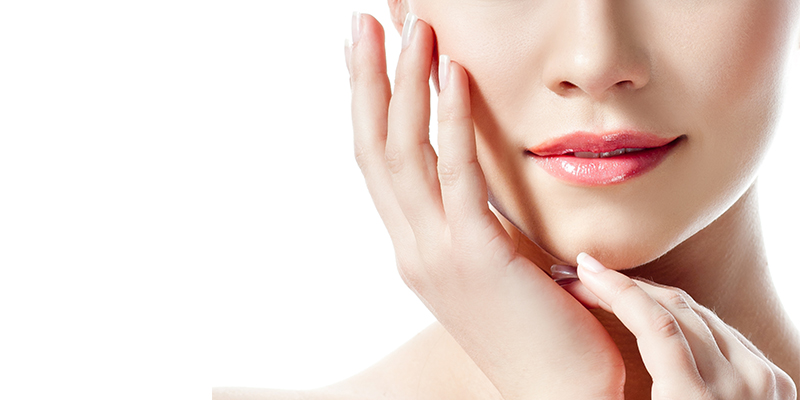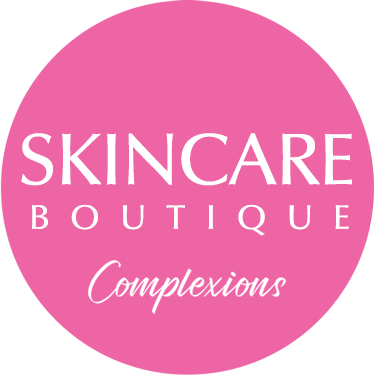Frequently Asked Questions (FAQ)

Ultimate Skincare and Makeup Guide by Clinique Médico Esthétique Complexions.
Introduction: The Ultimate Skincare and Makeup Guide
Introduction to Skincare and Makeup
The world of skincare and makeup is vast and ever-evolving, offering a plethora of products and techniques designed to enhance and protect your skin while allowing you to express your personal style. Whether you’re a beauty beginner or a seasoned enthusiast, navigating this world can be overwhelming. This comprehensive guide is here to simplify the process, providing you with the knowledge and tools you need to make informed decisions about your skincare and makeup routine.
1. Introduction: The Importance of Skincare
Before diving into makeup, it’s essential to understand the foundation of beauty: skincare. Skincare is not just about looking good; it’s about maintaining the health of your skin, which is the body’s largest organ. A proper skincare routine helps prevent issues such as dryness, acne, premature aging, and sun damage, ensuring that your skin remains healthy and radiant.
Introduction: Key Skincare Components:
- Cleansing: The first step in any skincare routine, cleansing removes dirt, oil, and impurities that can clog pores and cause breakouts.
- Moisturizing: Keeping your skin hydrated is crucial, regardless of your skin type. Moisturizers help maintain the skin’s moisture balance and protect it from environmental damage.
- Sun Protection: Sunscreen is a non-negotiable part of any skincare routine. It protects your skin from harmful UV rays, which can cause premature aging, hyperpigmentation, and even skin cancer.
2. Introduction: The Role of Makeup
Makeup is a powerful tool for self-expression and enhancing your natural beauty. From creating a flawless complexion to adding a pop of color to your lips, makeup allows you to experiment with different looks and boost your confidence. However, makeup is not just about aesthetics; it can also provide additional benefits such as sun protection and hydration when combined with skincare products.
Introduction: Key Makeup Components:
- Foundation: The base of your makeup look, foundation helps to even out your skin tone and create a smooth canvas for other products.
- Lip Makeup: Lipsticks, glosses, and balms can add color, moisture, and definition to your lips, completing your makeup look.
- Face Wash: A good cleanser is essential for removing makeup at the end of the day, ensuring that your skin remains clean and healthy.
3. Introduction: Building a Routine That Works for You
Every individual’s skin is unique, and so is their skincare and makeup routine. The key to achieving the best results is understanding your skin type and needs, and choosing products that complement them. This guide will help you build a personalized routine that enhances your skin’s health and appearance while allowing you to enjoy the art of makeup.
Introduction: Steps to Building Your Routine:
- Identify Your Skin Type: Understanding whether your skin is oily, dry, combination, or sensitive will guide you in choosing the right products.
- Select the Right Products: Based on your skin type and concerns, select products that will address your needs effectively.
- Consistency is Key: Regular use of skincare and makeup products will yield the best results. Be patient and allow time for your skin to adapt to new products.
4. Introduction: What to Expect in This Guide
This guide is structured to provide you with detailed information on key skincare and makeup categories, including moisturizers, foundations, lip makeup, and face washes. Each section will cover the basics, offer product recommendations, and provide expert tips to help you achieve the best results.
Introduction: Sections Covered:
- Moisturizers: Learn about the different types of moisturizers and how to choose the best one for your skin.
- Facial Moisturizers: Discover the benefits of specialized facial moisturizers, including SPF and anti-aging options.
- Foundation: Get tips on selecting and applying foundation for a flawless complexion.
- Lip Makeup: Explore the world of lipsticks, glosses, and balms, and find out how to make your lip makeup last longer.
- Face Wash: Understand the importance of a good face wash and how to choose the right one for your skin type.
- Conclusion: Summarize the key takeaways and encourage readers to experiment with their routine.
- Frequently Asked Questions (FAQ): Address common questions about skincare and makeup.
Conclusion
Whether you’re looking to revamp your skincare routine, experiment with new makeup looks, or simply learn more about taking care of your skin, this guide has something for everyone. By following the advice and tips provided, you’ll be well on your way to achieving healthy, glowing skin and flawless makeup. Let’s dive into the world of skincare and makeup, starting with the essentials: moisturizers.
For a complete understanding of skincare and makeup, including benefits, risks, and techniques, be sure to check out our Ultimate Skincare and Makeup Guide1.
Learn more:
For more information about our Skincare and Makeup products, visit Skincare Boutique Laval.
For a complete understanding of skincare and makeup, including benefits, risks, and techniques, be sure to check out our Ultimate Skincare and Makeup Guide2.
Learn More about the Skincare and Makeup : With a personalized approach. Book a free skin analysis today and receive a complete overview of which products are best for your skin condition. Discover how each product works, its benefits, and how to achieve your best skin yet.
Ready for Laser Healthy Smooth Skin?
Learn More about The Ultimate Laser Hair Removal Guide: For a complete overview of all aspects of laser hair removal, including detailed articles on how it works, its benefits, types of lasers, and more, visit WebMD’s Beauty Guide.
1 For comprehensive details on laser hair removal, refer to the Ultimate skincare and Makeup Guide.
2 Additional resources and detailed guidance can be found in the Ultimate Skincare and Makeup Guide.
Contact us to receive a free skincare consultation or call us (514) 651-CMEC (2632)


